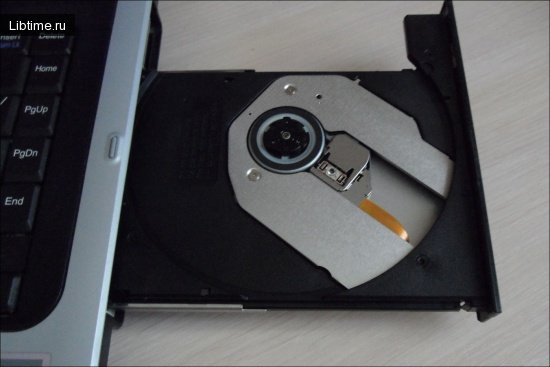What is a processor
The first microprocessor, the Intel 4004, was created in 1971 under the direction of Dr. Ted Hoffa for microcalculators and was custom-built for a Japanese firm. This begs the question: What is a CPU? 
In addition to the CPU, there are specialized microprocessors - chips for processing graphics, 3D sound, compression and decompression, which are placed on specialized, additional boards. On the CPU chip are:
- The processor proper, the main computing device, which consists of millions of logic elements - transistors.
- The coprocessor is a special unit for floating point (or comma) operations. It is used for particularly accurate and difficult calculations, as well as for working with a number of graphics programs.
- First-level cache memory - ultrafast memory designed to store intermediate results of calculations.
- The second level cache memory is slower but larger in size - from 128 to 512 kbytes. The area of the processor is 4 to 6 square centimeters.
Processor characteristics
Processor clock frequency. The clock frequency is measured in megahertz (MHz) and indicates how many instructions the processor is capable of executing per second. The clock speed is indicated by the number in the processor name (e.g., Pentium 4 2400 MHz, Pentium 4 processor clocked at 2400 MHz or 2.4 GHz).
Processor manufacturing technology. The manufacturing technology is determined by the size of the minimum elements of the processor. The production technology of modern processors, for example, AMD Athlon XP (Thoroughbred) is 0.13 µm.
System bus frequency. The system bus frequency is directly related to the frequency of the processor itself through a "multiplication factor". The processor frequency is the system bus frequency multiplied by the processor by some inherent value. For example, a processor frequency of 1700 MHz is the system bus frequency of 100 MHz multiplied by a factor of 17.
Processor Form Factor. Processor form factor is the type of processor manufacturing, its design and the way it is connected to the motherboard.
- Square-shaped processors (socket type) - is a case with legs-pins.
- There is a form slot (slot) - legs-pins are placed on one side of the processor board.
- Old models of processors had Socket7 form factor (AMD processors - K6, K6-2, K6-2+, K6-3, Intel - Pentium II (200 - 266), Cyrix (M2), Centaur Technology (IDT)).
- Processors with Slot1 form factor are Intel processors: Pentium II (233-600 MHz), Pentium III (Katmai) and Celeron (300-400 MHz).
- Socket A processors are AMD processors: Athlon (Thunderbird, Palomino, Thoroughbred), Duron.
- Socket370 processors are Intel processors: Pentium III (Coppermine), Celeron (Mendocino, Coppermine-128, Tualatin-128).
- Socket-423 form-factor processors - Pentium IV (Willamette), Socket 478 - Pentium IV (Willamette, Northwood).
We hope now to the question "What is a processor?". You will be able to give a comprehensive answer.


